There is a good reason why automation has become a popular buzzword in the tech world: By programming a process to run on its own based on various data inputs, a company can save time, money, and frustration. Workflow automation lets you achieve your desired result efficiently, consistently, and accurately. When a process (usually repetitive) to implement a series of tasks exists, it is managed manually with a slew of paper files or, at best, with a combination of spreadsheets and good old email. Workflow Automation streamlines this process with less human intervention, removing the possibility of human error.
1. Identify Repetitive Work
To automate workflows, a company should identify the areas with repetitive tasks. A good understanding of the business is required to identify the problem. The best way to understand your business workflow and identify repetitive tasks is to create a visual representation of your current workflow using flow diagrams. You can now design an ideal workflow that improves your current workflow while potentially simplifying the process by automating repetitive tasks.

2. Identify The Process Owner
Workflows must be able to be altered by this person. As you plan your business workflow, you will undoubtedly encounter situations that require a clear definition that did not previously exist. If such circumstances do not already have documentation, the process owner must be able to clarify them. One unintended consequence of automating a process is that it becomes much more defined than it was previously.

3. Define Business Goals
The following step will be to define your business goals, using your current manual workflow as a guideline. Your goal could be to increase throughput or reduce cycle time on a single processor while optimizing resources for more productive tasks. It could be anything, but you must be able to justify how automation will help you achieve your business goals and how you will measure their success.
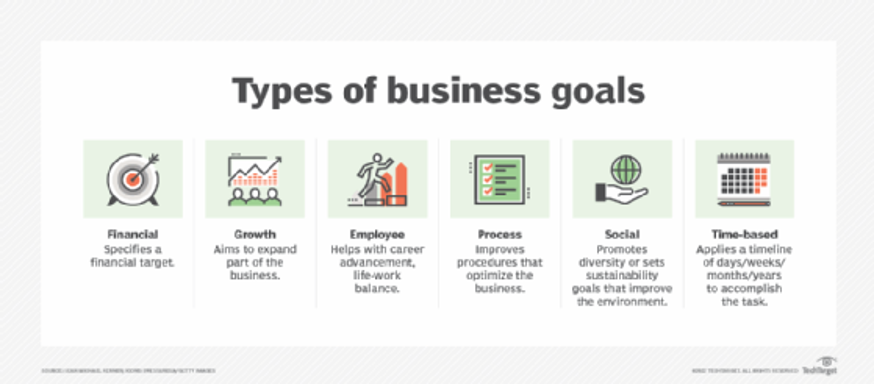
4. Slowly Insert Tools Into The Existing Process
Rather than developing end-to-end solutions to automate entire parts of the business, an iterative approach can be less expensive and faster to implement. With a few simple tools, you can speed up a manual process. As these tools become more sophisticated, you may eventually evolve into a fully automated process.
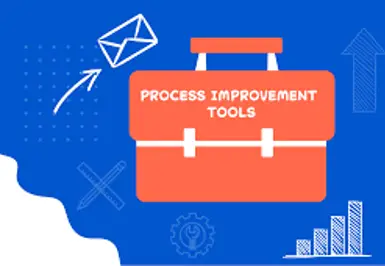
5. Diagram The Workflow
At this point, don’t be concerned about rejections or exceptions. Map out the flow, and 95% of the items will fall into place. Consider whether you’ll need parallel workflows or if you’d like to include conditional tasks. Keep your workflow as simple as possible. You can always add work later, if necessary, but a shorter workflow increases your chances of success. Input the data into your workflow management software.
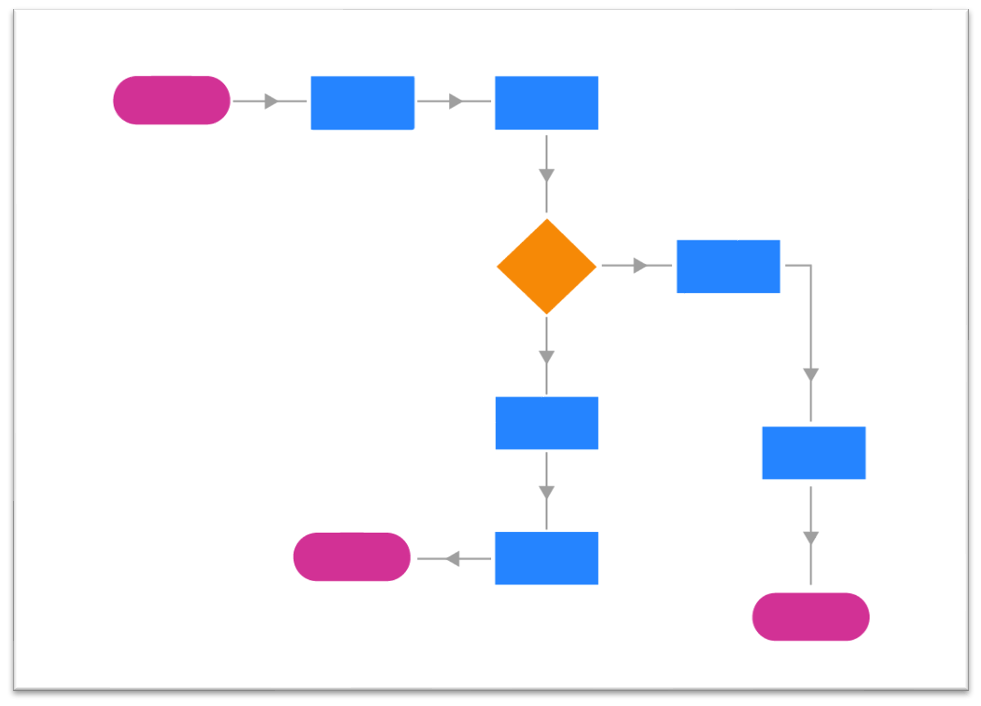
6. Automate For Internal And External Engagement
Automation is critical to scaling marketing. In addition to optimizing our internal workflows, it is essential for driving revenue since 60% of B2B purchasing takes place online. Marketo and Salesforce are our primary systems, and you can supplement them with Bizible, Everstring, and various ad platforms.
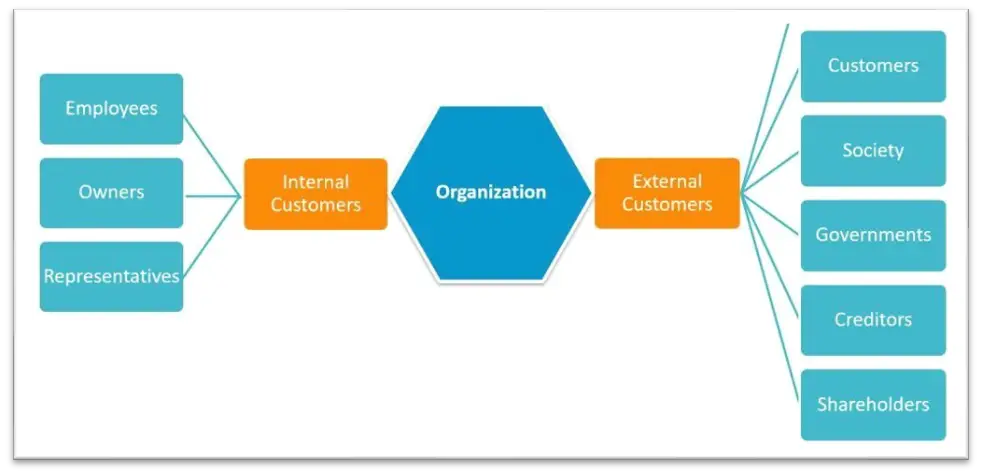
7. Select The Right Workflow Automation System
The next step would be to determine how to get there. How do we intend to achieve our business objectives? Your next priority step in arriving at a solution will be to choose the best workflow automation solution. There are numerous options for an automation tool on the market. It is critical to understand the best fit for your company. Choose your workflow software to automate your business process based on the goals you established in the previous step. Your workflow should be simple, user-friendly, and easily adaptable.

8. Gather Data About The Unautomated Process
The best way to demonstrate your automation’s effectiveness is to compare it to the manual version. How many people are there? What is the average time it takes for each task? How long does the whole thing take? If you don’t have the correct control data, you can’t demonstrate that your automation is making a difference.
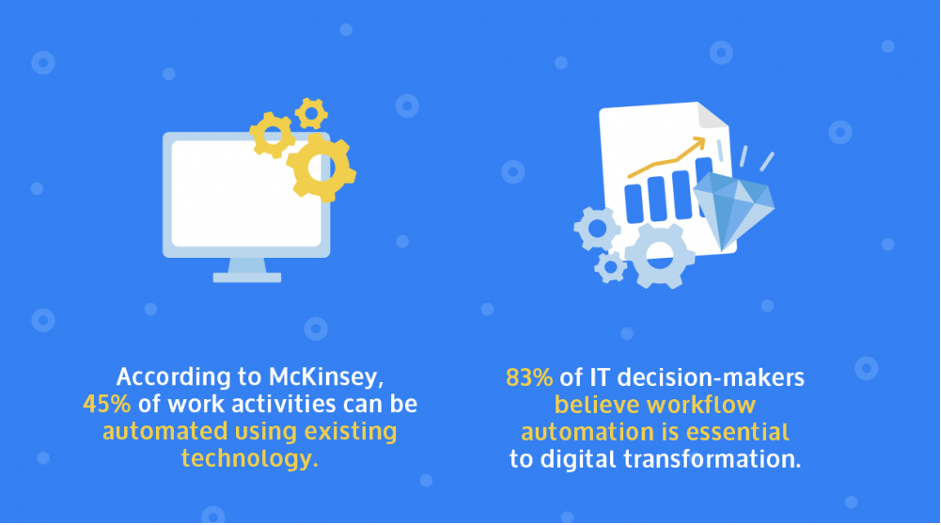
9. Test The New Automation
Begin by assigning all tasks to yourself or the initiator. Check that your conditional paths, parallel branches, sequence numbers, and formula fields are all working. Run different items to ensure they follow the way you want them to.
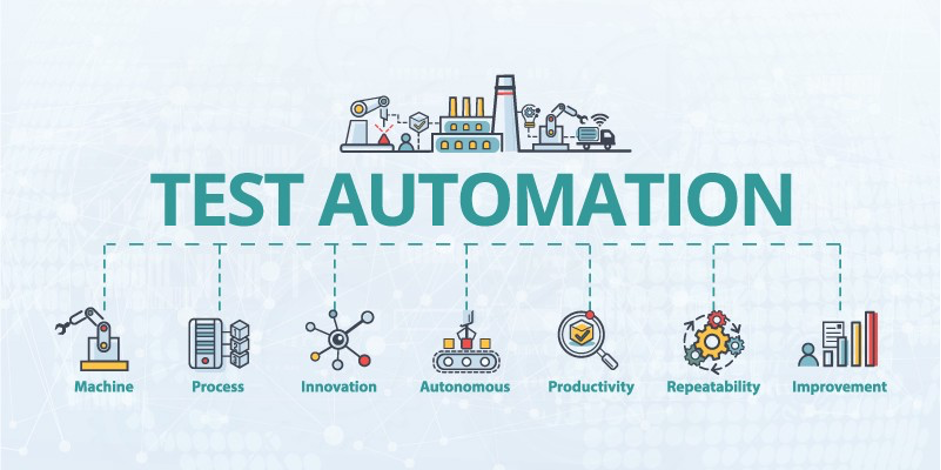
10. Train The User
It would be necessary to train the workforce to use the updated workflow software. Any change implemented by management is always met with resistance because it is perceived as unnecessary by the employees. Providing a plain transition path from the current manual process to the new automated system, as well as adequate training to help them get up to speed, would go a long way toward ensuring the success of this transition.



















